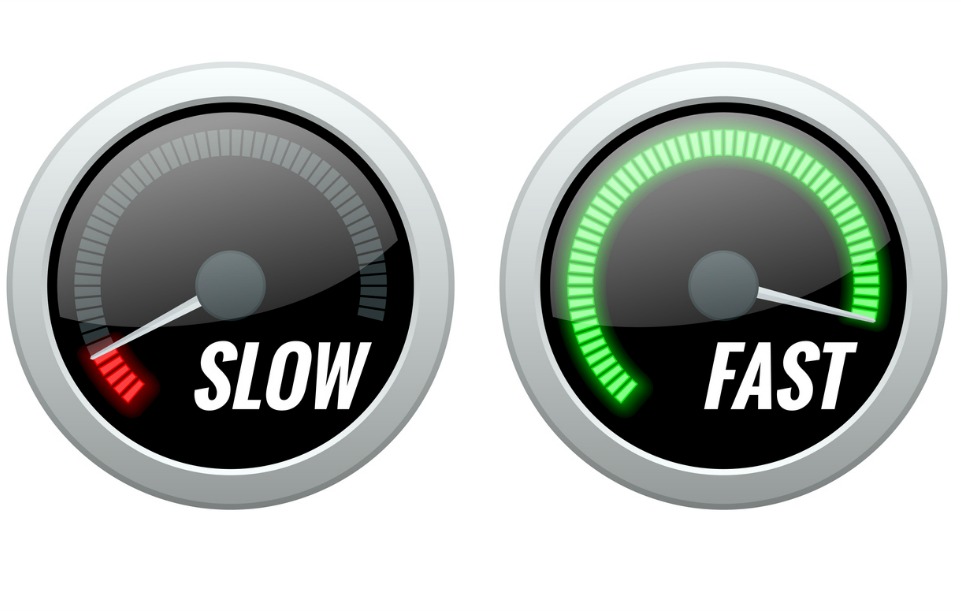Jumping Into The World Of VR – The Basics
Have you ever wanted to experience a different side of life? Now you can change up your reality by going virtual! Virtual reality (VR) isn’t a new technology. In fact, it’s been around for decades. But in the past five to 10 years, VR as a source of entertainment has really taken off–and it’s made possible by Northern Lights Fiber.
Read on to discover more about our “new reality” in this Q&A for virtual reality beginners.
Q: What is VR?
A: Virtual reality is a combination of hardware and software that offers you a unique and immersive experience. VR allows you to enter a world of pretend—but one that can feel quite real!
When you put on the headset, it’s like stepping into another dimension. Every sight, every sound, and every movement is simulated, created through thousands of hours of design, development, and rendering by 3D artists, photographers, and videographers.
Q: What do you need to make the most out of VR?
A: To become immersed in the VR experience, you’ll need a VR headset. This chunky piece of gear consists of a frame mounted over your head, which covers your eyes. The shape could probably compare to an old-fashioned View-Master. Within the headset, there is a screen that sits at a fixed distance from your eyes.
The headset completely surrounds the eyes. The goal is to block out the world outside, allowing you to become immersed in the experience. The headset has a Stereoscopic 3D display, stereo sound, and motion-tracking sensors. Some VR sets also utilize handheld controllers to enable more abilities and range of movement inside the simulation.
Q: What’s it like?
A: Most people would say that you can’t truly understand the experience of VR until you experience it for yourself. Some people report motion sickness after use, which speaks to the intensity of the experience.
Different headsets have various motion-tracking capabilities, allowing you to move both your head and body to navigate the virtual reality you’re seeing. Current VR headsets have a limited FoV, or field of vision, which means that what you see through the headset is a bit narrower than what you would see with your eyes. This means the headset will present the virtual world surrounded by a black border, so it’s kind of like peering through ski goggles.
Q: Who uses VR?
A: Pretty much anyone can use VR. At the moment, VR is mainly used by gamers, but it has surprisingly useful real-world applications as well.
Some people love to use VR for socialization. Unlike typical video games, where you can talk or text with your friends, VR personalizes the experience, allowing you to create realistic avatars and thriving social communities. It has also become an exciting alternative for real estate agents looking to show houses for sale. With VR, buyers can see more properties in less time, often without leaving the comfort of their home or the real estate office.
VR also enhances specific careers. It’s an incredible tool to help employees simulate training or certification, like handling industrial equipment or flying an aircraft. It is also used by the military, law enforcement, and other first responders to simulate a wide range of experiences for training purposes. In clinical settings, VR is used in psychiatry to help treat patients with PTSD and phobias. In hospitals, it’s a low-risk way to train personnel to handle challenging situations, and it has also introduced specialized medical procedures to doctors in third-world countries.
Where Will You Go First?
There’s truly no limit to the places you can go with virtual reality. And with our high-speed, you can enjoy this mind-bending technology from right in your very own home!


